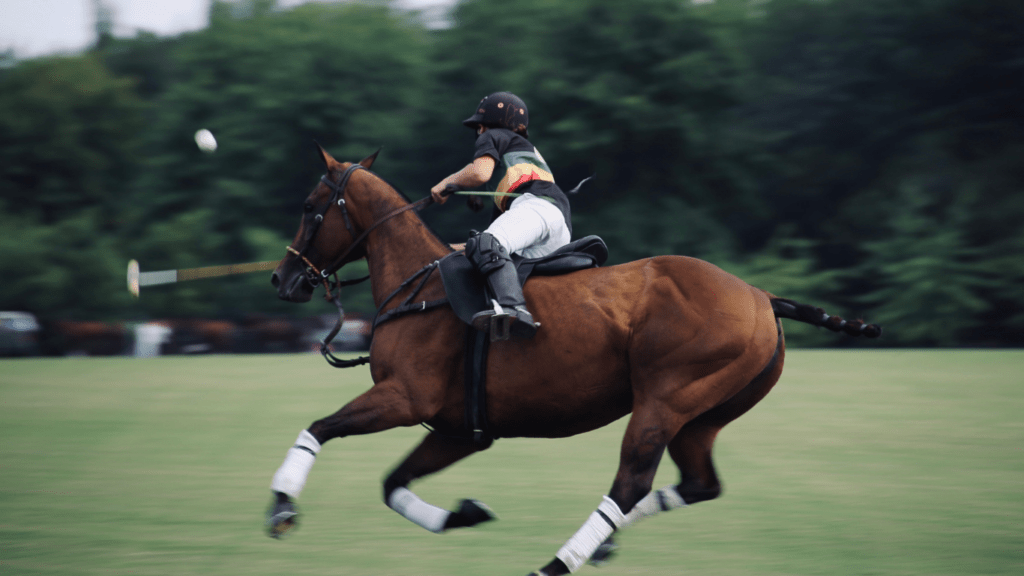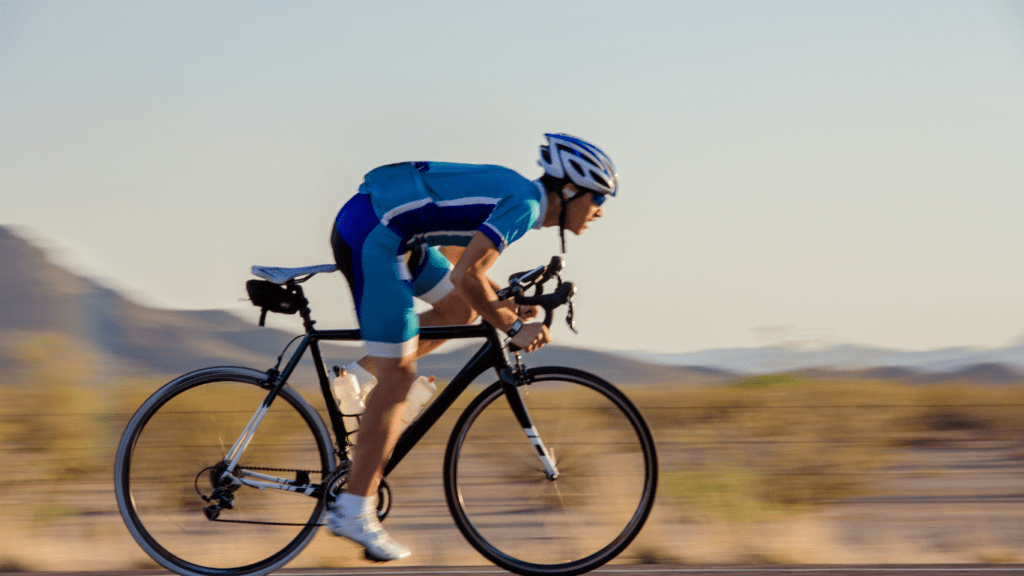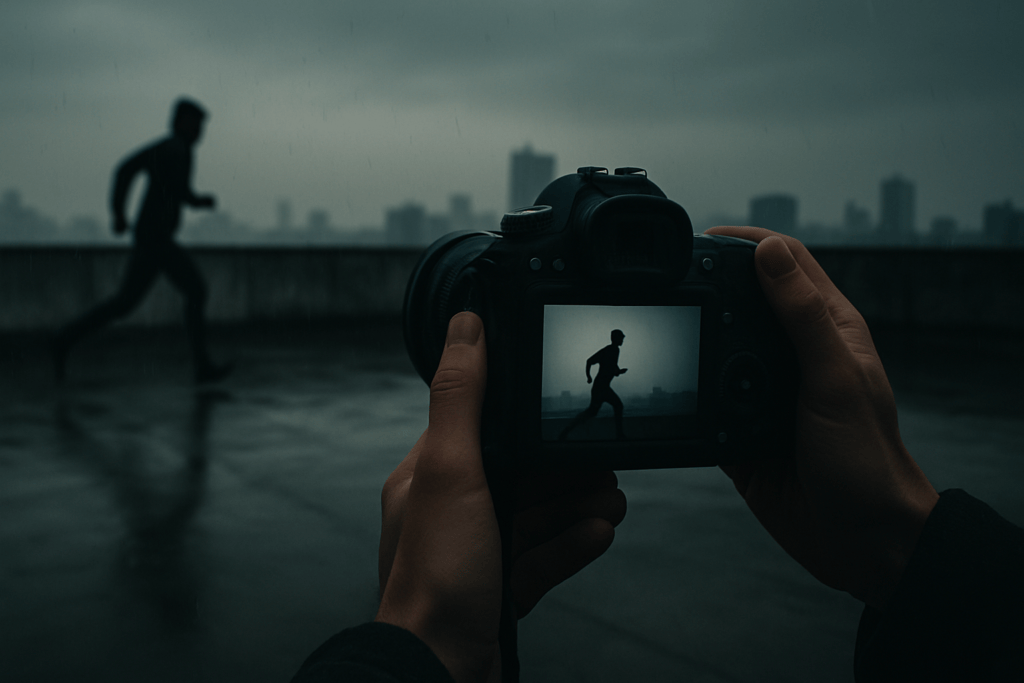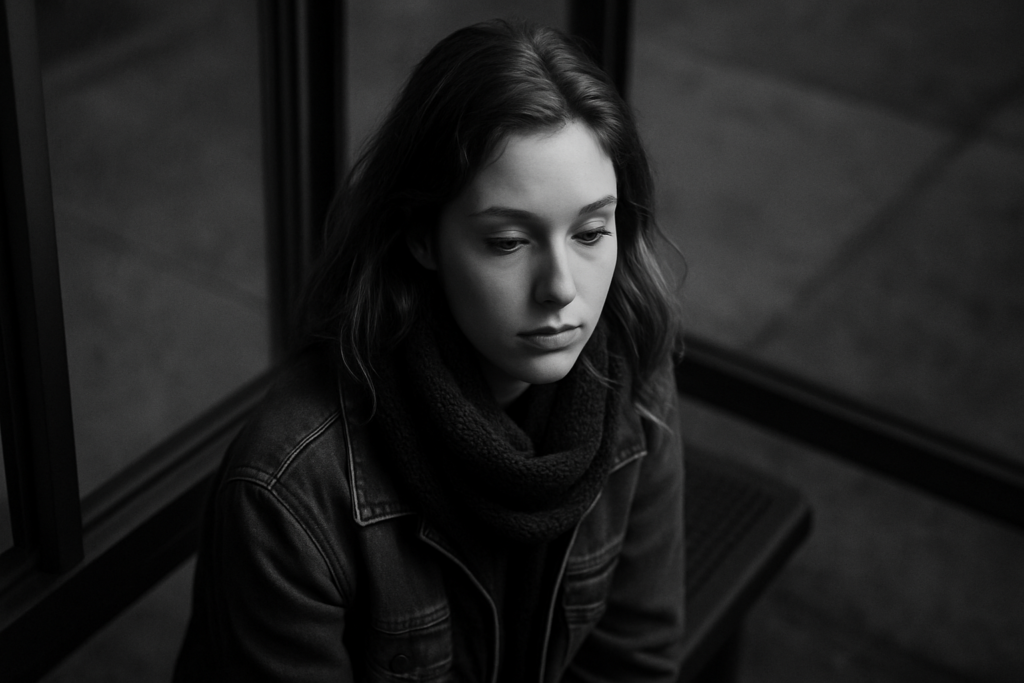Movement is everywhere, constantly shaping the world around us. Whether it’s the graceful flow of a dancer, the rush of an athlete mid-stride, or the subtle sway of leaves in the wind, motion tells stories that words often can’t. Capturing this dynamic energy with precision is both an art and a challenge, requiring a keen eye and a deep understanding of timing, technique, and creativity.
Understanding The Art Of Motion
- Capturing motion involves more than simply recording movement; it demands an appreciation of how energy flows through every action. From the graceful arc of a dancer’s limb to the explosive burst of speed in an athlete, motion reflects purpose and emotion. These nuances guide how I analyze and frame dynamic scenes.
- Timing defines success when portraying movement. The instant a sprinter breaks from the starting block or a bird ascends mid-flight can hold unmatched power. Freezing such moments requires meticulous synchronization, often relying on high-speed shutters or rapid burst modes.
- Composition directs how viewers interpret the motion. Leading lines, angled horizons, and balanced framing can highlight direction, tension, or fluidity within the scene. For example, a skateboarder soaring through a curved ramp appears more dynamic when their trajectory is emphasized by camera angles.
- Lighting determines the tone and clarity of a motion-filled shot. Hard light enhances motion blur, creating a sense of speed, while soft light accentuates form and detail. Artificial light sources, such as strobes, can also freeze motion precisely while isolating subjects from the background.
- Understanding these elements elevates results beyond mere visuals, turning them into impactful expressions of movement. Embracing this complexity has transformed how I engage with and showcase dynamic motion.
Key Elements Of Capturing Dynamic Movement

Capturing dynamic movement requires precision, engagement with light and angles, and a strong sense of composition. These factors combine to transform fleeting motion into a compelling visual narrative.
Precision And Timing
Accuracy in timing ensures motion is frozen at its peak expression. High-speed shutter settings, such as 1/1000 or faster, effectively stop rapid actions like a sprinter’s stride or a bird in flight. Burst modes help capture sequences, enabling me to select the most impactful frame. Anticipating movement paths, like predicting an athlete’s jump or a dancer’s spin, increases the likelihood of capturing the decisive moment.
Lighting And Angles
Lighting defines texture, depth, and emphasis in motion shots. Hard light creates sharp contrasts, amplifying speed and energy in dynamic scenes, while soft light reveals intricate details, perfect for capturing fluid movements in dance. Strategic angles, like low viewpoints for towering jumps or diagonal perspectives for motion trails, enhance the intensity and direction of movement. Adjusting light sources and angles together strengthens the dynamic quality of an image.
The Role Of Composition
Composition guides how viewers perceive motion. Techniques like using leading lines direct attention toward motion’s origin or destination. Off-center placements, adhering to the rule of thirds, create imbalance that conveys movement in progress. Angled horizons enhance kinetic energy, while background simplicity avoids visual distractions, keeping focus on the main action. These compositional choices turn raw motion into a visually compelling story.
Tools And Techniques For Success
Mastering the art of capturing dynamic movement requires the right tools and refined techniques. I rely on essential equipment and strategic post-processing to achieve precision and impact in my work.
Essential Equipment
High-speed cameras are indispensable for freezing motion effectively. Models capable of shooting at 10+ frames per second, like the Sony Alpha 1 or Canon EOS R3, excel at capturing rapid sequences. Lenses with wide apertures, such as f/1.8 or f/2.8, increase light intake, enabling sharper images in action-packed environments. Telephoto lenses in the 70-200mm range are ideal for isolating subjects while retaining motion detail.
Tripods with fluid heads stabilize framing during panned shots, essential for consistent motion blur. Compact, gimbal stabilizers provide mobility and steady tracking for videography. I also depend on external lighting, such as portable strobes or continuous LED panels, to maintain control over exposure and highlight motion contours.
Editing And Post-Processing Tips
Editing accentuates the intensity and flow of movement. I start with tools like Adobe Lightroom or Capture One to optimize exposure, contrast, and colors. Adjusting tone curves enhances motion clarity and emphasizes speed or grace in the frame. For more intricate edits, I use Photoshop to remove distractions or refine motion trails for a polished look.
Blur effects, applied selectively, amplify kinetic energy. Motion blur plugins help me highlight directional movement while maintaining focus on the subject. Color grading influences visual impact; warm hues evoke energy, while cooler tones suggest calm precision. I ensure consistency within a series to maintain cohesive storytelling across frames.
Challenges In Capturing Motion
Capturing motion demands precision and adaptability due to the inherent unpredictability and technical complexities. Understanding these challenges ensures more consistent, impactful results.
Overcoming Blurring
Achieving sharp motion shots requires mastering shutter speed and stabilization. When shutter speeds are too slow, movement often creates unintended blur. To counter this, I use high-speed settings—1/1000 seconds or faster for fast-moving subjects like athletes or wildlife. Additionally, stabilization tools, like gimbals and tripods with fluid heads, are essential for reducing camera shake during handheld shooting.
In low-light conditions, blur becomes trickier to avoid. Wider apertures and higher ISO settings help maintain brightness without compromising the necessary shutter speed. For instance, using a 50mm f/1.8 lens in dim environments has helped me maintain clarity while freezing motion effectively. With these adjustments, I ensure blur is deliberate, contributing to the visual dynamism instead of diminishing it.
Managing Unpredictable Movements
Unpredictable subjects, such as:
- children
- animals
- live performers
challenge timing and framing. Anticipating actions through observation helps capture decisive moments. For instance, in sports photography, tracking athletes using continuous autofocus (AF-C mode) ensures the camera stays locked on the subject.
Burst mode is invaluable here, allowing me to shoot multiple frames per second to increase the likelihood of getting the perfect shot. Cameras like the Sony Alpha 1, capable of capturing up to 30fps, enhance precision while handling rapid movement. Additionally, positioning myself where movements are more predictable minimizes guesswork. These strategies make handling erratic motion achievable, regardless of the shooting environment.




